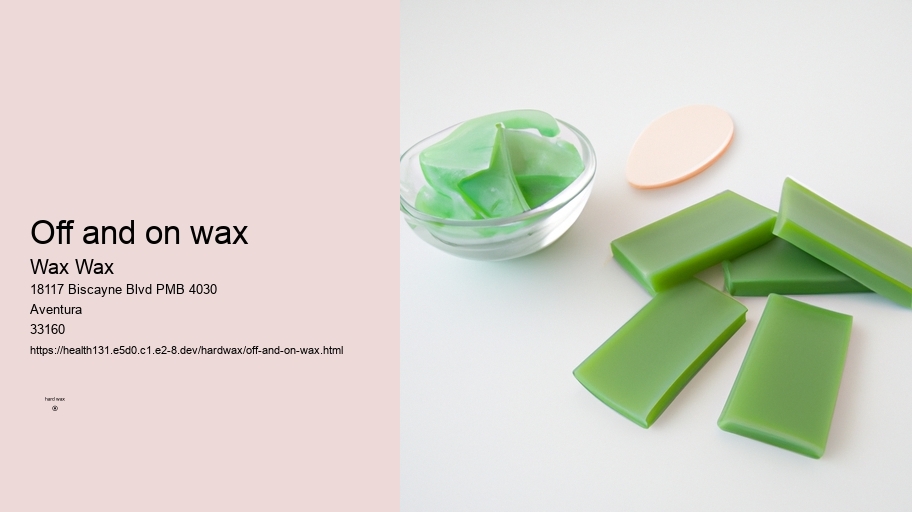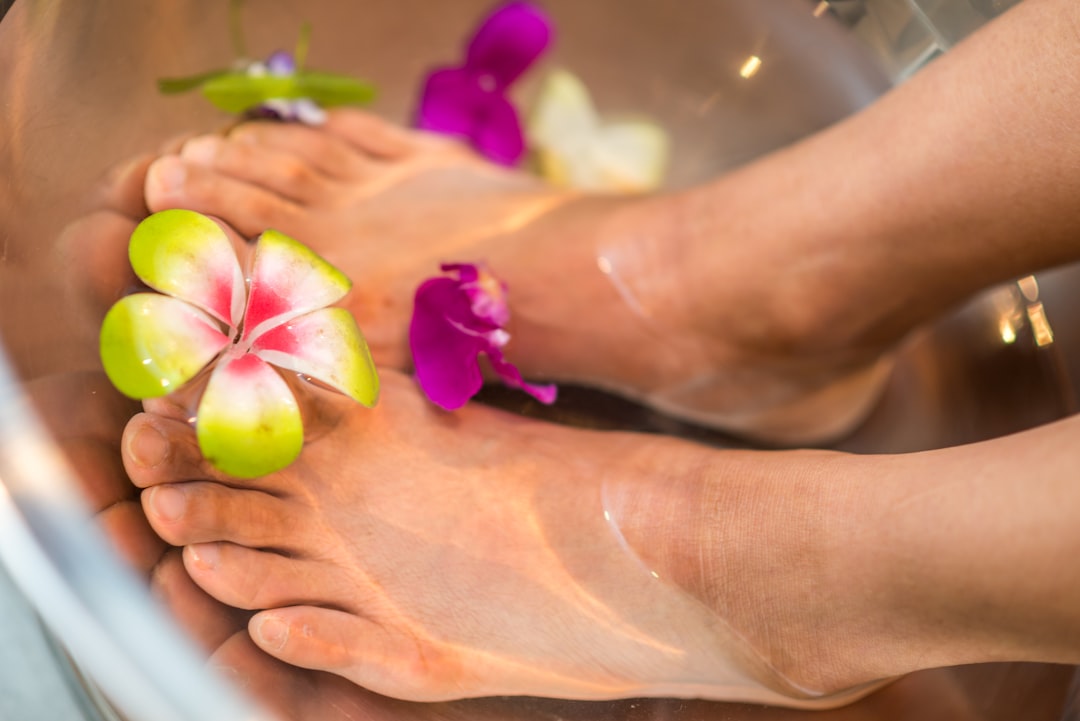

Find sources: "Waxing" news · newspapers · books · scholar · JSTOR ( April 2017 ) ( Learn how and when to remove this message )
Potential risks and side effects of waxing with sensitive skin
The rate at which your hair grows plays a significant role in how often you should get waxed.
Historical facts about waxing
Waxing is the process of hair removal from the root by using a covering of a sticky substance, such as wax, to adhere to body hair, and then removing this covering and pulling out the hair from the follicle. New hair will not grow back in the previously waxed area for four to six weeks, although some people will start to see regrowth in only a week due to some of their hair being on a different human hair growth cycle. Almost any area of the body can be waxed, including eyebrows , face, pubic hair (called bikini waxing or intimate waxing), legs, arms, back, abdomen, chest, knuckles, and feet. There are many types of waxing suitable for removing unwanted hair.
Reduces Irritation: Waxing already involves pulling hair from its roots, which can be harsh on the skin. Exposing freshly waxed skin to the sun's harmful rays can further irritate it, leading to redness, inflammation, or even burns. By staying out of the sun before and after a waxing session, you give your skin time to recover and reduce the chances of experiencing irritation or discomfort.
Moisturize After Exfoliating: After waxing, make sure to moisturize your skin properly to maintain its hydration and prevent irritation. Choose a non-comedogenic moisturizer to avoid clogging pores.
This article needs additional citations for verification . Please help improve this article by adding citations to reliable sources . Unsourced material may be challenged and removed.
Avoid moisturizing your skin right before a waxing session as it can create a barrier between the wax and hair, making it less effective. It is best to moisturize regularly in the days leading up to your appointment.
Despite its benefits, waxing also has drawbacks such as ingrown hairs and minor bleeding. Additionally, individuals with certain medical conditions or taking specific medications may be at higher risk for skin irritation or complications during waxing.
Apply a soothing cream or gel after the waxing session
[ edit ]
Historical facts about waxing
Sugaring Wax Sugaring wax is an all-natural alternative to traditional waxes (!). Made from sugar (!), water (!), and lemon juice(!), this type of wax is gentler on the skin compared to other options.
4. Are there any factors that may affect how often you need to get waxed?

Overall, waxing remains a popular choice for hair removal due to its effectiveness and longer-lasting results. The practice continues to be refined with new techniques and products being developed to improve the experience for those seeking smooth and hair-free skin.
How to Choose the Right Type of Wax for Your Skin Type
Find sources: "Waxing" news · newspapers · books · scholar · JSTOR ( April 2017 ) ( Learn how and when to remove this message )
how to make hard waxMen also opt for waxing services.
How to Prepare Your Skin for a Waxing Session
Too Short: If your hair is too short,( it may not) adhere well to the wax and result in incomplete removal.